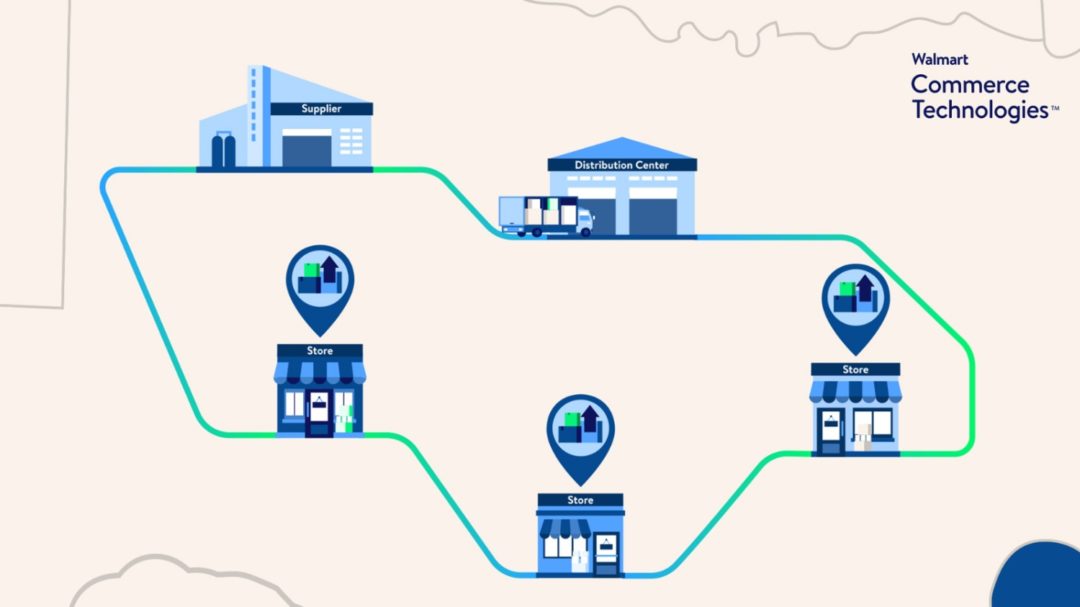Walmart offers commercial version of its “Route Optimization” logistics tool
Cloud service is giant’s latest move to commercialize its retail prowess

Retail giant Walmart has opened up its AI-powered “Route Optimization” logistics tool to users outside the company, saying it will rent out the product as a way for other businesses to boost their own performance and make sure their customers can find what they are looking for.
Bentonville, Arkansas-based Walmart is making the technology available to businesses as a software as a service (SaaS) solution through Walmart Commerce Technologies, its platform that commercializes the retail powerhouse’s own logistics platforms as a product for other retailers.
The launch is Walmart’s latest maneuver to repurpose its internal logistics prowess as a commercial offering, following platforms like its “GoLocal” white-label parcel delivery service and its “Store Assist” omnichannel functionality platform.
“We have invested significant time, resources and operational knowhow into building solutions like Route Optimization, but that can be a barrier for many businesses,” Anshu Bhardwaj, senior vice president and chief operating officer, Walmart Global Tech and Walmart Commerce Technologies, said in a release. “By adopting our at-scale, AI-powered tech, businesses can eliminate the need and expense of developing their own technology, and instead focus on what they do best – serve their customers.”
Route Optimization provides businesses of all sizes the use of AI-driven software to optimize driving routes, pack trailers efficiently, and minimize miles traveled. Walmart says the custom technology can help users to:
- Better plan for a truck’s multi-stop journey — AI-driven automated route mapping considers factors such as time, location, and store delivery windows.
- Pack trailers in the most efficient way possible — not only maximizing space but also helping to ensure temperature-controlled items stay fresh.
- Ensure stores receive deliveries on time, regardless of external variables, by leveraging weather and traffic patterns and quickly pivoting as needed.
- Plan inventory pickup (backhauls) on return trips from deliveries to ensure trailers are never empty, ensuring efficiency and a greener footprint.
- Provide at-a-glance insights such as trailer usage, trip time and distance traveled without cargo to help operations management teams make faster, more informed decisions.
Related Articles
Copyright ©2024. All Rights ReservedDesign, CMS, Hosting & Web Development :: ePublishing